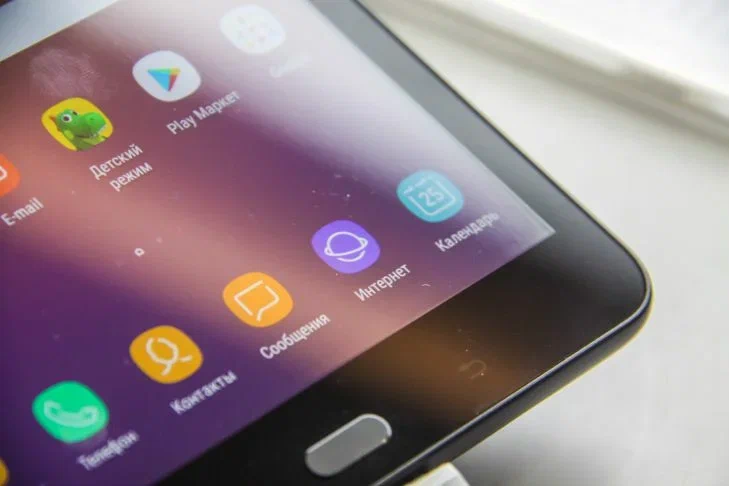He liked her photo on LinkedIn and a month later they were discussing contracts in bed.
"Professional networks are the new hell for cheating," says sociologist Dr. Jessica Carbone in her study Digital Infidelity.
Her data is shocking: 53% of romances start on LinkedIn, not Tinder.

Why? “Flirting under the guise of business interest seems safe,” explains psychologist Robert White .
Example: "He wrote: "Your experience is impressive. I want to discuss collaboration."
“A week later, we were discussing everything except work,” Forbes quotes an anonymous user as saying.
The most dangerous functions
Recommendations: Algorithms connect you with former colleagues or classmates.
"Congratulations on your achievements." 78% of these messages contain hidden flirting ( Cyberpsychology Journal ).
How to protect yourself
Check activity. If a partner suddenly becomes an “active author” of posts on LinkedIn, this is a reason for conversation.
Set boundaries. Agree not to add people to your contacts who you don't have work connections with.
But there is a flip side. "I suspected my husband of cheating because of his LinkedIn likes. It turned out he was looking for a job," Svetlana writes in her blog Paranoia or Truth?.
Trust is more important than surveillance. As The New York Times writes, “If you’re looking for betrayal, you’ll find it. Even where there isn’t any.”
